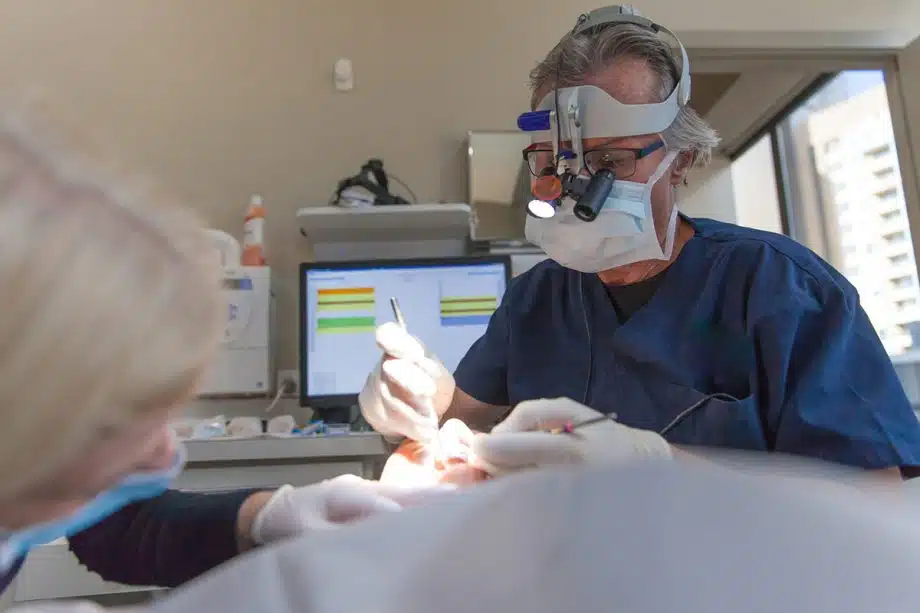A tooth extraction is a relatively simple procedure. With proper care afterwards, recovery is usually brief and the tissue heals quickly. However, there is one condition that can occur after a tooth extraction that could disrupt the healing process. It's called dry socket, and it can happen to anyone. Learn about dry socket and how to prevent it after a tooth extraction.
What is Dry Socket?
After a tooth is extracted a blood clot forms in the empty socket. This stops the bleeding and allows the tissue to heal. Dry socket occurs when the blood clot fails to form, dissolves, or becomes dislodged before the tissue has had time to heal. This leaves the nerves and bone exposed and eliminates the healing properties within the blood clot. It can be painful and even develop into an infection, so it is best avoided if at all possible.
What Causes Dry Socket?
Dry socket may be caused by any number of risk factors:
- Drinking from a straw. Sucking liquid through a straw, especially something thick like a milkshake or smoothie, can dislodge the blood clot and cause dry socket.
- Smoking or vaping. Smoking and vaping both restrict circulation in the mouth which can delay healing. The sucking motion required to smoke may also dislodge the clot.
- Improper oral care. It is important to follow your dentist’s instructions for care following a tooth extraction. Lack of proper care could result in dry socket.
- Existing infection. If there was an existing infection in your mouth, such as an infected tooth or gums, it could spread to the socket.
Signs and Symptoms of Dry Socket
How do you know if you have dry socket? You may notice any of the following signs and symptoms.
- Pain in the socket.
- You can see the bone in the socket.
- Pain throughout your facial tissues, such as your cheek, eye, ear, temple, or neck.
- An odd taste in your mouth.
- Bad breath.
- You could feel or see the clot out of the socket.
When To Call Your Doctor
If you experience any of the above symptoms, you should call your dentist. In many cases dry socket will not get better without treatment. It may only worsen and become more painful until it is treated. Your dentist may apply a medicated dressing to the socket that will prevent infection and protect the tissue while it heals. They may also prescribe an antibacterial gel or mouth rinse to use to prevent or eliminate an infection.
Preventing Dry Socket
To prevent dry socket after a tooth extraction, the following can help:
- Avoid drinking from a straw for at least a week following your extraction.
- Avoid smoking, vaping, and tobacco products altogether.
- Stay hydrated with plenty of cold fluids.
- Avoid hot foods and beverages.
- Don’t brush or floss in the area where your tooth was extracted, but do brush and floss the rest of your teeth.
Frequently Asked Questions About Tooth Extraction
Why is tooth extraction necessary?
Teeth may need to be extracted for a variety of reasons, including decay, crowding, impaction, and more. Wisdom teeth often need to be extracted due to lack of room in the mouth for them.
Does tooth extraction require stitches?
In some cases a few sutures will be needed to close the tissue over the socket in order to stop bleeding and promote healing. The larger the tooth that is being extracted, the greater the chances that you’ll need stitches.
Find a Reliable Dentist
A dentist who has experience with tooth extractions can reduce your risk of dry socket. Experienced dentists like our doctors at Barkoff Dental can take precautions to avoid damaging the socket and provide the right closure to help promote healing.
Call 516-921-1133 or contact us today to learn more and schedule an appointment.

